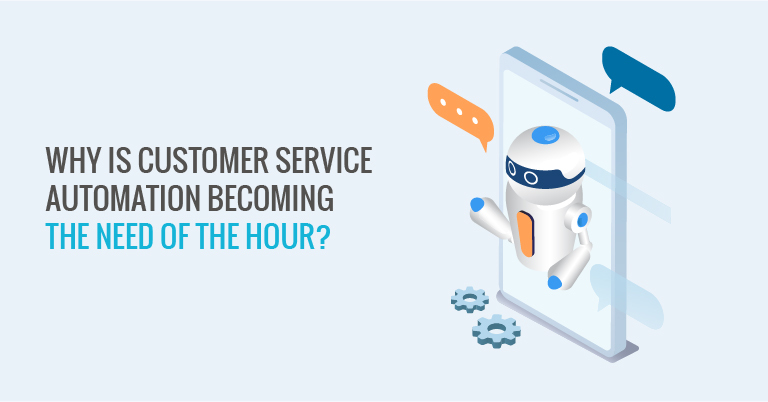
Top 5 KM tools for E-commerce Industry
Posted On: August 26, 2021
Knowledge management is the process through which a company collects, organizes, communicates, and analyses its data in a form that is readily available to its personnel. Technical resources, frequently asked questions, training manuals, and people skills are part of this expertise. Data mining, amongst further operations, is used in knowledge management to push information to users and make it easily accessible. A knowledge management plan & KM tools are part of an assessment of corporate goals and a detailed examination of the instruments — both traditional and technical — to handle a company’s needs.
Incorporating Knowledge management tools is essential. It has several benefits:
- Increased organizational adaptability
- Improved decision-making and problem-solving
- Speedy problem-solving
- Higher rate of innovation
- Aided employee growth and development
- Enhanced communication through the sharing of specialized knowledge
- Better business procedures
Why does E-commerce need Knowledge management tools?
For driving growth, improving client acquisition and retention, and managing variable customer service charges, e-commerce enterprises are increasingly reliant on quality knowledge management for e-commerce systems. Your e-commerce firm may grow by leveraging data to uncover new market products, successfully launch them into the marketplace, and magnify those products to a bigger audience with high-quality information management solutions. It makes consumer targeting more precise. It also helps in keeping track of your variable customer service costs.
Top 5 KM tools for the E-commerce industry
Knowledge management offers incredible benefits to e-commerce platforms. Tools like decision trees and knowledge base help agents seamlessly solve issues of the consumers while AI enhances self-service and promotes customers to engage and solve their problems, with visual guides and easy instructions, self-service has transformed and become an easy experience for customers.
Knowledge management tools promote customer engagement and work towards the goal of capturing the perfect customer experience. Effective implementation of KM tools and integrating them with existing technologies have proved to be valuable for e-commerce giants. The best part about them is their effectiveness to brands of all sizes. Let’s have a brief look at some of the top KM tools used.
1. Decision tree
A decision tree is a decision-making aid that employs a tree-like model of decisions and possible results, such as chance event outcomes, resource costs, and utility. It’s one approach to show an algorithm made up entirely of conditional control statements. Decision trees will integrate seamlessly with your website or chatbot on any browser, PC, or smartphone. Our multilingual decision tree software is offered in on-cloud and on-premise delivery formats.
This tool is easy to comprehend and interpret. After a quick explanation, people can understand decision tree models. Decision trees have value even if you don’t have a lot of complex data. Experts’ descriptions of a situation (choices, probabilities, and costs) and their preferences for outcomes can be added in meaningful insights. Decision trees can assist in determining the worst, best, and expected values for various scenarios. Interactive decision trees can incorporate them with other tools.
2. Knowledge Base (FAQs & Articles)
Navigate inquiries using a knowledge base platform that keeps track of all pertinent material, from how-to articles to frequently asked questions. To change and improve the navigation experience, keep track of the terms and phrases users and support agents use. You may maintain track of the most popular search queries to ensure that information on the knowledge base platform is updated frequently for a better client experience. You can start writing, editing, and creating articles, help manuals, and FAQs for users and clients.
3. AI Chatbots For Customer Service
Customer issues can be resolved as quickly as a human support person with the help of an intelligent virtual assistant. Assist your support employees in handling conversations seamlessly. Support agents have more time for more complicated interactions, and your operational costs are reduced as well. Improve the efficiency and reliability of your AI chatbot to enhance digital experiences and enable human-like interactions between customers and your company.
Chatbots that are sophisticated enough to imitate people help clients get the right help at the right time while freeing up your support staff to focus on more challenging duties. Capture user attitudes while providing appropriate and correct responses using NLP (Natural Language Processing) taught chatbots. Conversational data is used to help bots become more efficient and relatable. Make the most of your consumer relationships by having engaging discussions.
4. Visual Engagement
Visual engagement uses augmented reality, digitally modifying the customer experience for a more engaging user experience and increased customer satisfaction. It’s a more comprehensive support system for field technicians and clients. Customers’ demands for contactless help and self-service have shifted dramatically in the post-pandemic age. In this contactless age, deliver remote visual support to your consumers so they may solve problems the way they want. A superb method to engage your customer in problem-solving is to use a combination of text and graphics.
It’s even better if you can do it visually and guide clients through the process step by step. Show a visual picture of how a customer can do things through screen sharing. Co-browsing with clients’ consent via camera access and screen sharing allows you to share expert assistance from field technicians. The use of co-browsing to resolve technical issues or difficulties avoids the need for not-needed field visits and repeated contact with tech support. Co-browsing has the potential to minimize support expenses significantly.
5. How to Guides
Provide visual how-to device tutorials to your agents to aid in their digital adoption while resolving challenging customer encounters. Intelligent visual help offers the best for service agents and users by providing interactive, self-service visual components of knowledge management systems to provide faster and more efficient resolutions. Agents may visually assist consumers to a solution, increasing agent efficiency while reducing average support problem handling time.
Knowledge management ensures that the correct information and material is easily accessible to answer every client inquiry. Even for device setting and troubleshooting, utilize interactive images to keep people engaged. Easy customization of visual self-service flows embedded in contact center workflows improves corporate operations and enhances customer experience.
Conclusion
Integrating the right set of Knowledge Management tools in your organization is essential. When these tools are used efficiently, it results in better management. The rise in E-commerce has made knowledge management necessary. Capturing and retaining product and service information allows you to engage customers and handle issues more quickly. The correct methodology or KM tools can help you provide excellent customer service to your customers.



